In the Marvel Cinematic Universe’s ever-expanding but still limited world, one which needs to be as simplified as possible, there has always been one Captain Marvel — Carol Danvers. But the character’s roots in the comics were never bounded by such borders.
For those unaware of the history of the character the MCU brought to the silver screen — we’ve gotten to see just 20% of it so far — there is a lot we don’t know, like the fact that Captain Marvel’s beginnings happened independent of the Marvel Comics, and ended up becoming one of DC Comics most beloved characters.
The name ‘Captain Marvel’ first debuted in 1939 as a young superhero
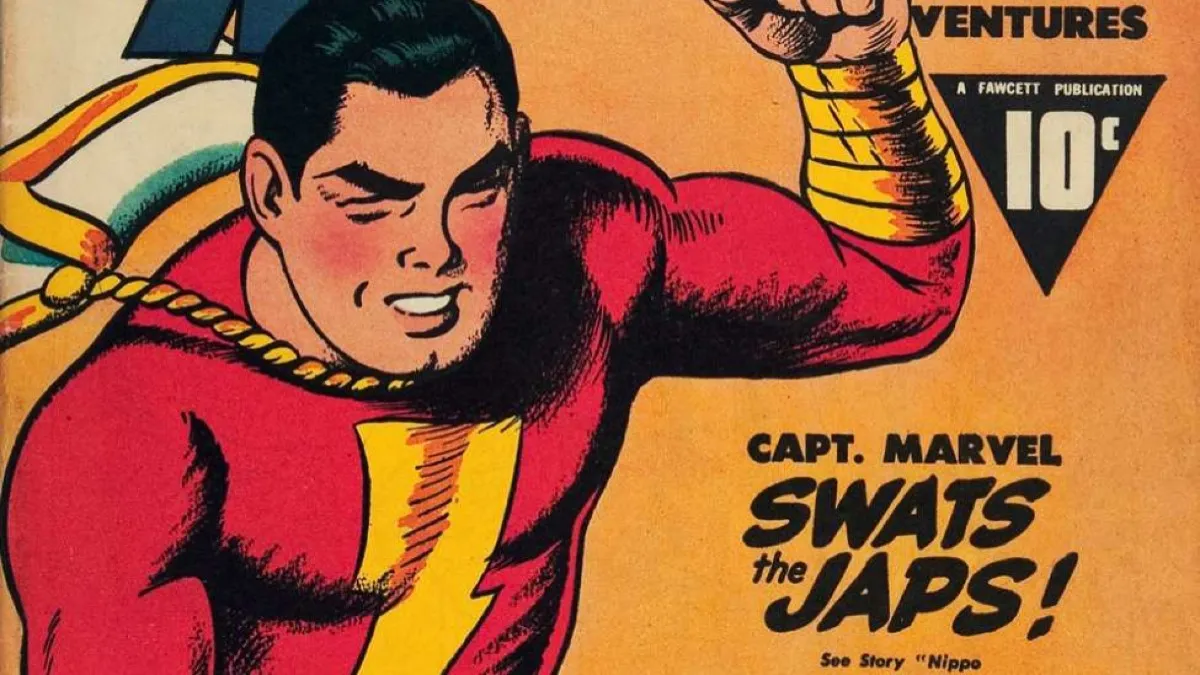
Created by Bill Parker and artist C.C. Beck Fawcett Comics, the superhero Captain Marvel was none other than Billy Batson, who would turn into “Earth’s mightiest mortal” upon uttering the name “Shazam!” Yep, DC’s Shazam was originally Captain Marvel, though there wasn’t a Marvel or DC property at the time.
But then, Fawcett faced two dilemmas — the drop in the profit earned by superhero comics, and a big copyright infringement lawsuit by DC Comics that claimed Captain Marvel too closely resembled Superman. All this brought a swift end to Billy Batson’s run as Captain Marvel at the time, though DC would eventually purchase the rights to the character, and revamped it as Shazam, completely forgoing the original superhero name.
Marvel puts its own Captain Marvel on the map, starting with Mar-Vell
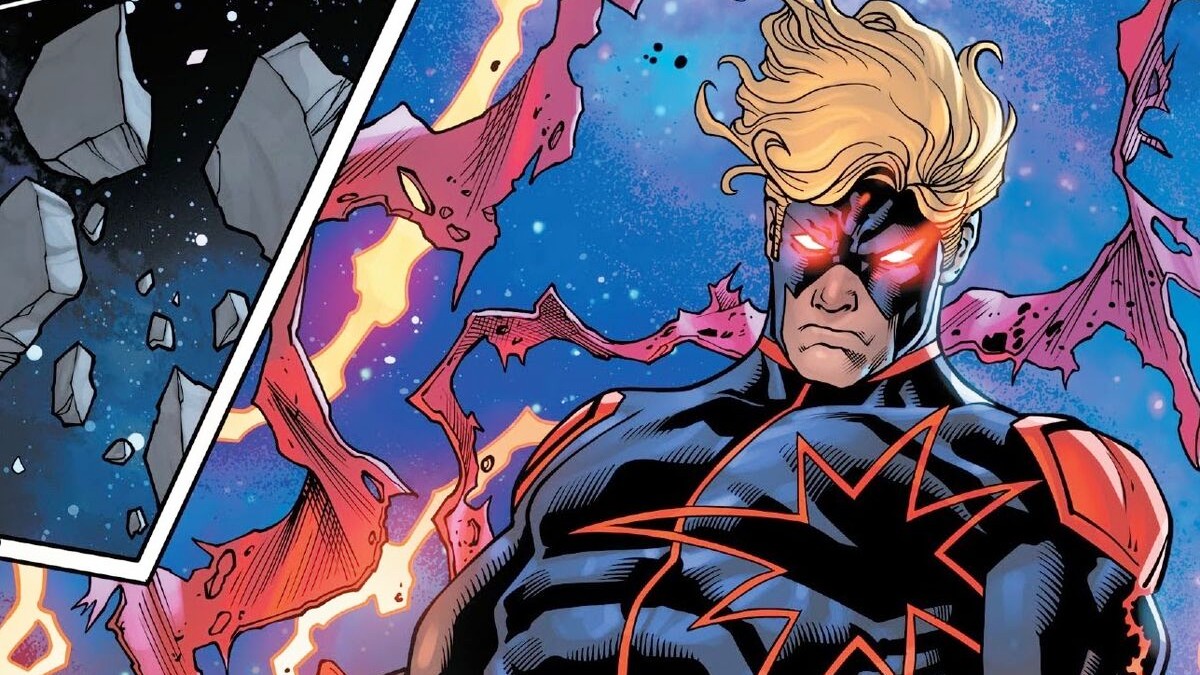
Done with the reputation-dampening versions of Captain Marvel being created by others — one iteration, which was by the short-lived Myron Fass enterprises, is largely considered one of the worst comic books — Marvel officially debuted Mar-Vell, the first Captain Marvel, in 1967, in the pages of Marvel Super-Heroes #12.
Also known as Dr. Walter Lawson (among his many aliases), Mar-Vell was a Kree, a scientist, and a military captain who spied on Earth and its population for his Empire. But he soon learned the ill intents of the Kree and allied with Earth, striving to protect it at all costs, even risking his life in the process and making peace with the fact that he was now a traitor to his own people. He also came to know Carol as Lawson, falling in love with her, and also became indirectly responsible for her acquiring her own set of powers — she was near an exploding Kree device during Mar-Vell’s fight with a villain, and thus absorbed the radiation from a Kree Psyche-Magnetron, thus incurring her super-abilities.
But Mar-Vell couldn’t be Earth’s ultimate protector for as long as he hoped; during his fight against criminal Robert Hunter, aka Nitro, he inhaled copious amounts of the nerve gas Compound 13, which leaked from a stolen canister when the villain exploded his body. Though Mar-Vell won and seemingly recovered, inhaling the deadly Compound-13 gave him lung cancer, which soon became terminal, and he unfortunately succumbed to the disease as attempts to fix it in time all proved to be futile.
In 2019’s Captain Marvel, Mar-Vell is a combined character — Carol Danvers’ mentor on Earth, and the face the Supreme Intelligence wore as Mar-Vell was the one MCU’s Captain Marvel admired the most. So why the decision to make Mar-Vell a woman, played by Annette Bening? This “very late” decision, as explained by Kevin Feige in a chat with The Wrap, was important to “showcase Carol Danvers’ growth, and development as a hero, and the notion that she had a female best friend and a female mentor.”
Monica Rambeau, Genis-Vell, Phyla-Vell, Khn’nr, and Noh-Varr
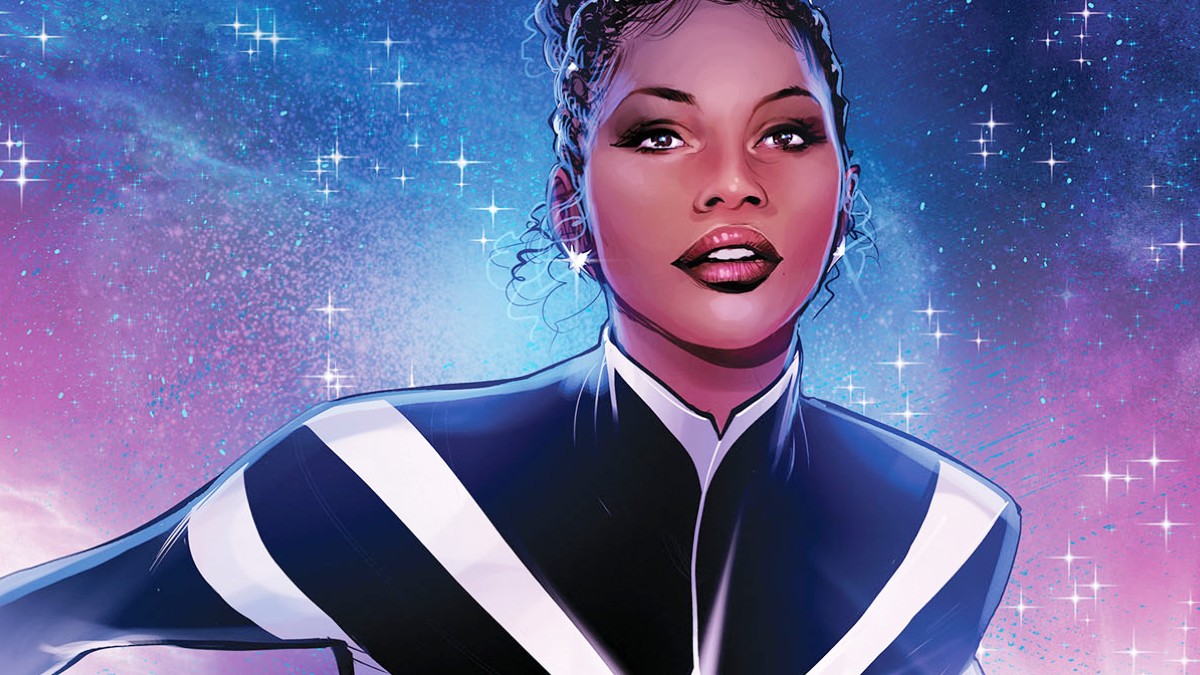
The iterations of Captain Marvel that followed in the Marvel Comics weren’t all men or just women. The second Captain Marvel in the comics was Monica Rambeau, with the power to transform herself into any form of energy. She used the moniker for a while, until Genis-Vell, Mar-Vell, and his lover, Elysius’ genetically engineered son, took on the name as well for his superhero endeavors. Post this, she took many names, eventually zeroing in on the alter-ego name Spectrum.
The fourth Captain Marvel and Genis-Vell’s sister, Phyla-Vell, is the result of Genis rewriting the universe, which inadvertently brings his mother and his previously never-born sister to life. Phyla-Vell also possessed the power to manipulate energy, absorbing any form of it being directed at her, and throwing it back as energy blasts.
As for Khn’nr, he was originally a Skrull sleeper agent. But when he was bonded with Mar-Vell’s DNA, the latter’s “I have to protect Earth” persona took over, and he actively fought against the Skrulls’ Secret Invasion on Earth. Unlike Khn’nr, Noh-Varr is still very much alive, and goes by the name Marvel Boy, after he dropped the title of Captain Marvel.
Carol Danvers — the seventh Captain Marvel and the one MCU chose to adapt
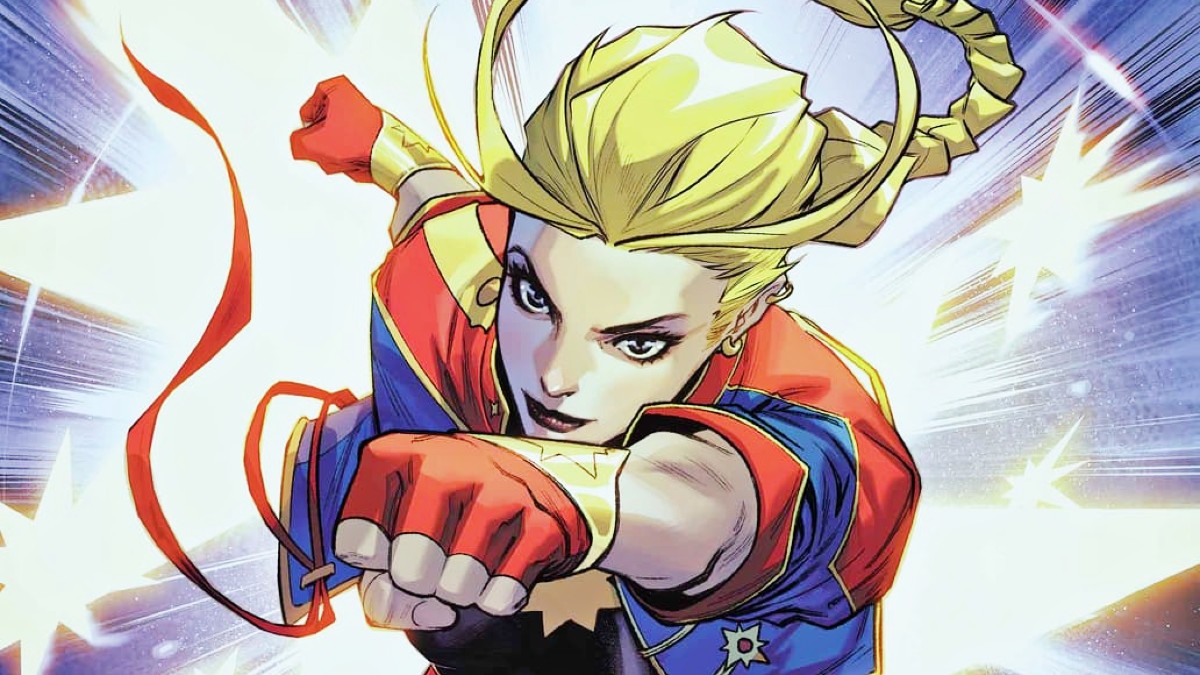
Well, if it is any consolation for the trolls lamenting that MCU Captain Marvel is a woman, the seventh iteration was always female, and wasn’t the result of some rejigged gender-swap the studio came up with. As mentioned above, she met the original Captain Marvel, and derived her powers from having gotten tangled in one of his many battles against supervillains.
Initially, upon discovering her powers, she went by the title of Ms. Marvel. But in the ongoing series by Kelly Sue DeConnick with art by Dexter Soy, she takes on the famed moniker as she grapples with new revelations — that she is the daughter of a Kree supersoldier, Mari-Ell — and becoming the chairperson and leader of the Avengers.
Captain Marvel is hardly the only Marvel character to have been played by different genders in the comics. And yet, there is no end to the woes triggered by MCU’s Captain Marvel being a woman. What about the times when the studio chose to bring a male version of a character to the screen, even when his female iterations exist in the comic books?
Why were we so okay with Steve Rogers getting the stage as Captain America, when many women also wielded the shield in the comics, and bravely fought equally mighty villains, but turned up our noses the second Carol Danvers got the same treatment? Why is Brie Larson expected to justify the gender and the very existence of her character in the franchise every time she makes an appearance in the MCU?
You mull that over, while I go book myself another ticket to The Marvels, because the ever-charismatic Brie Larson even managed to woo my usually humanity-detesting mother, who will not let anything stop her from watching her every single film.

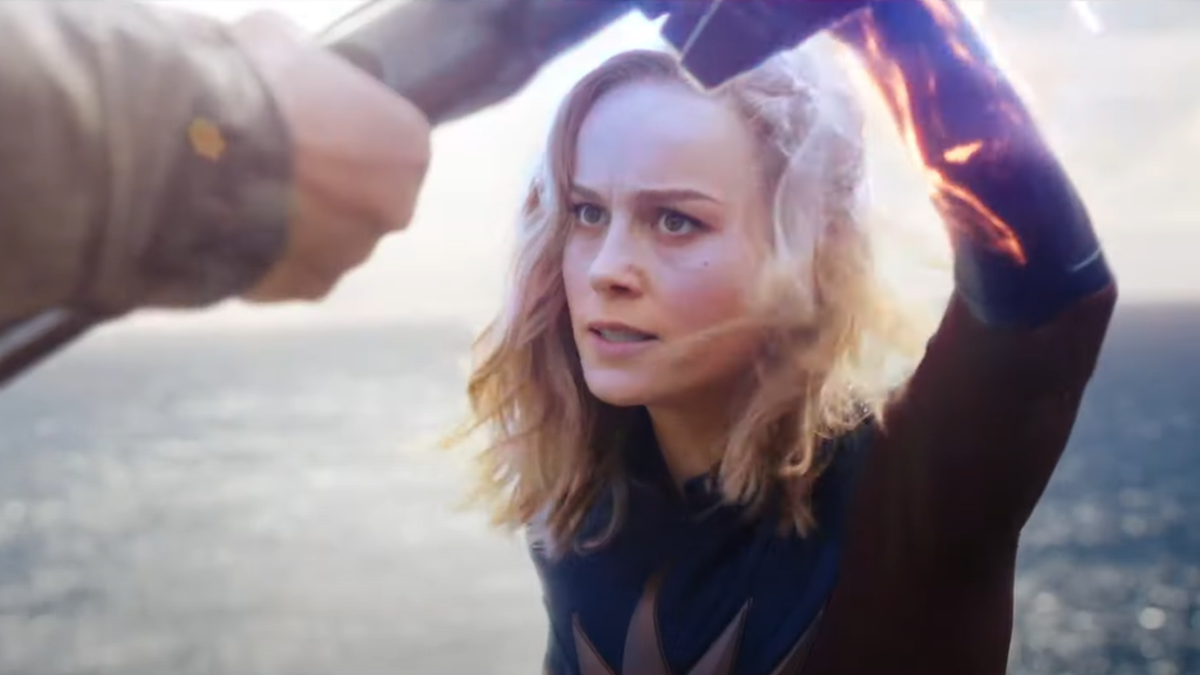
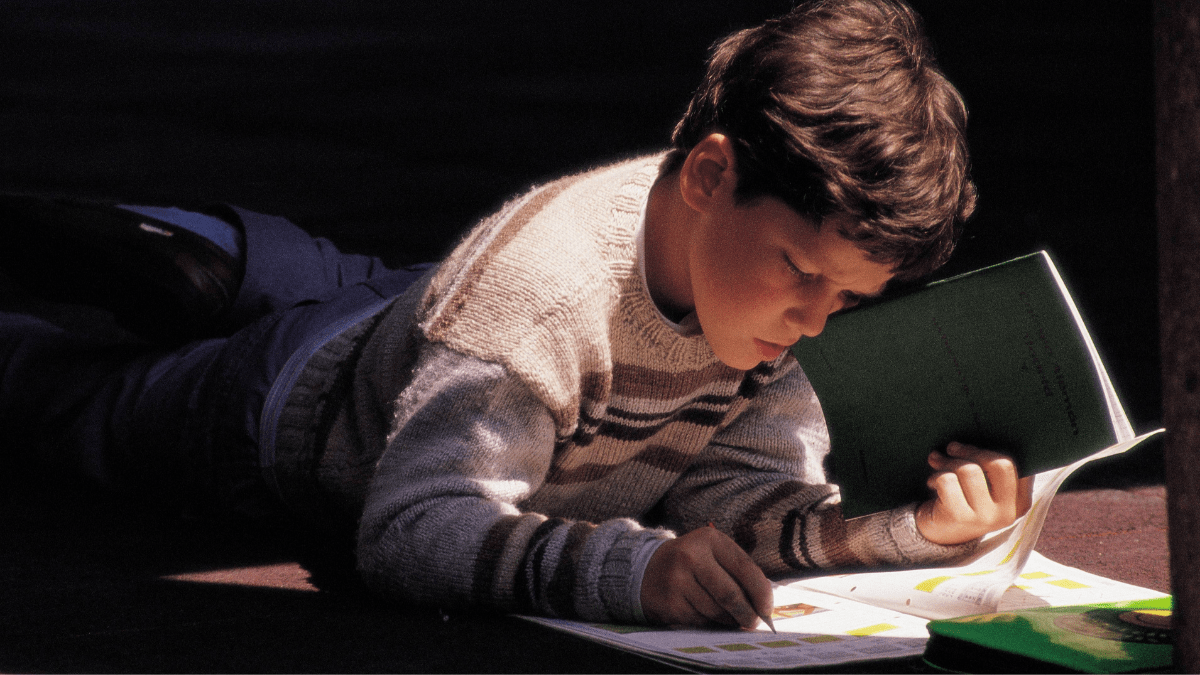
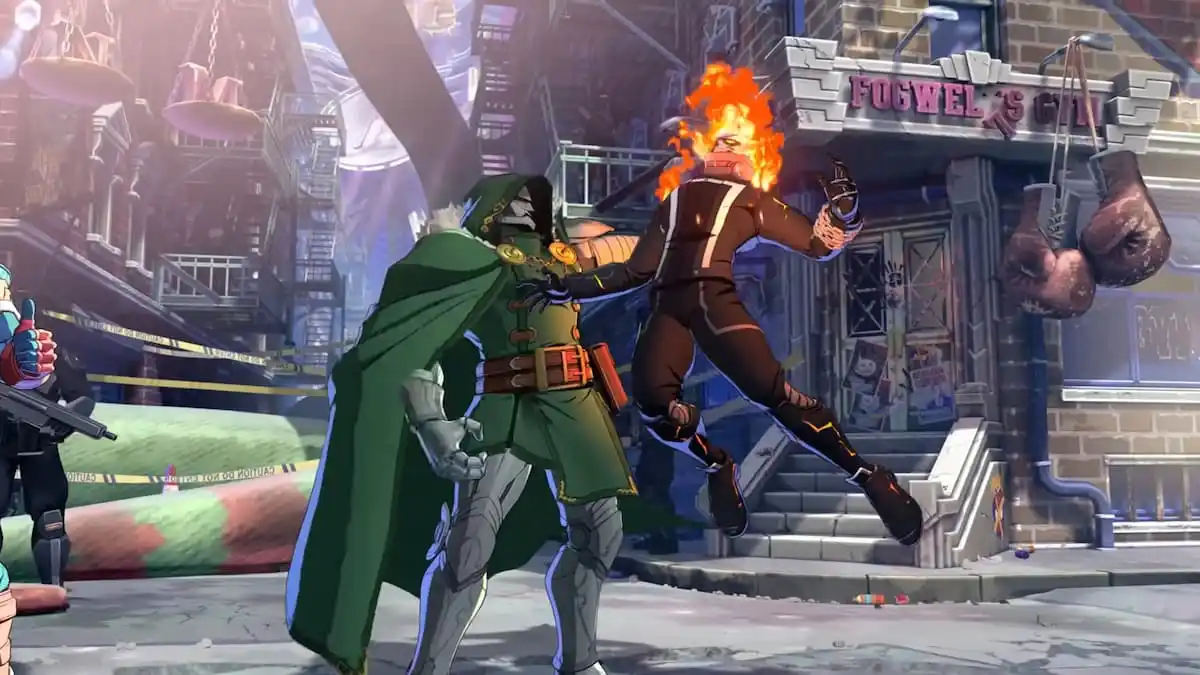
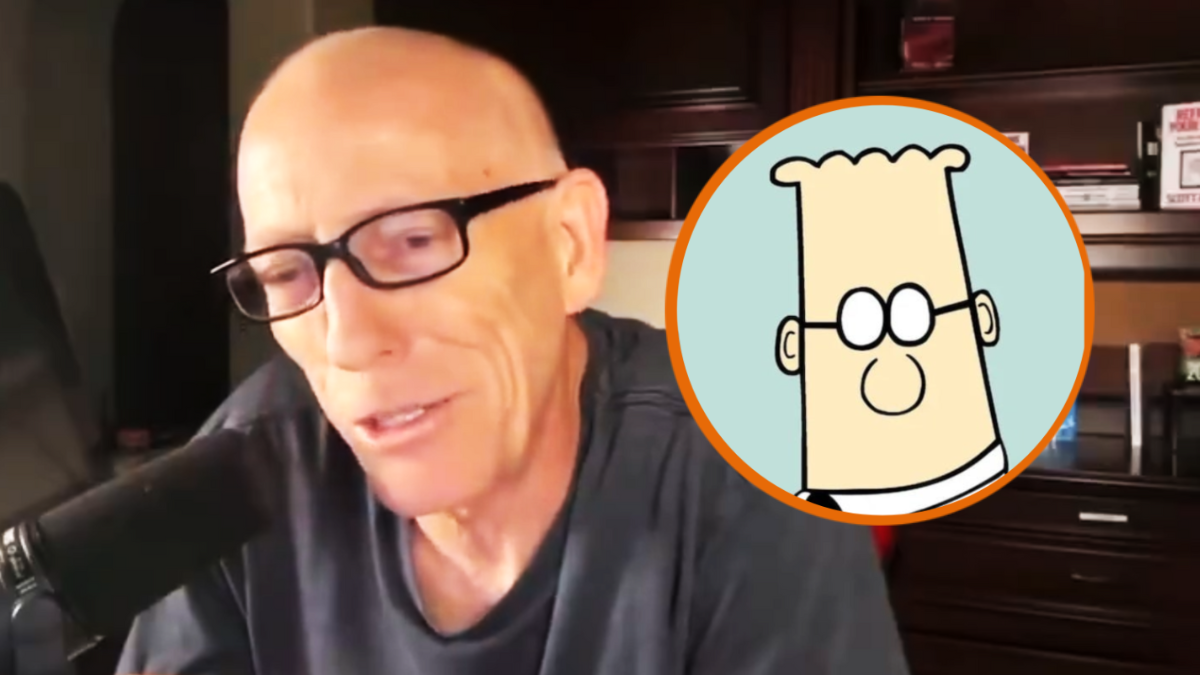

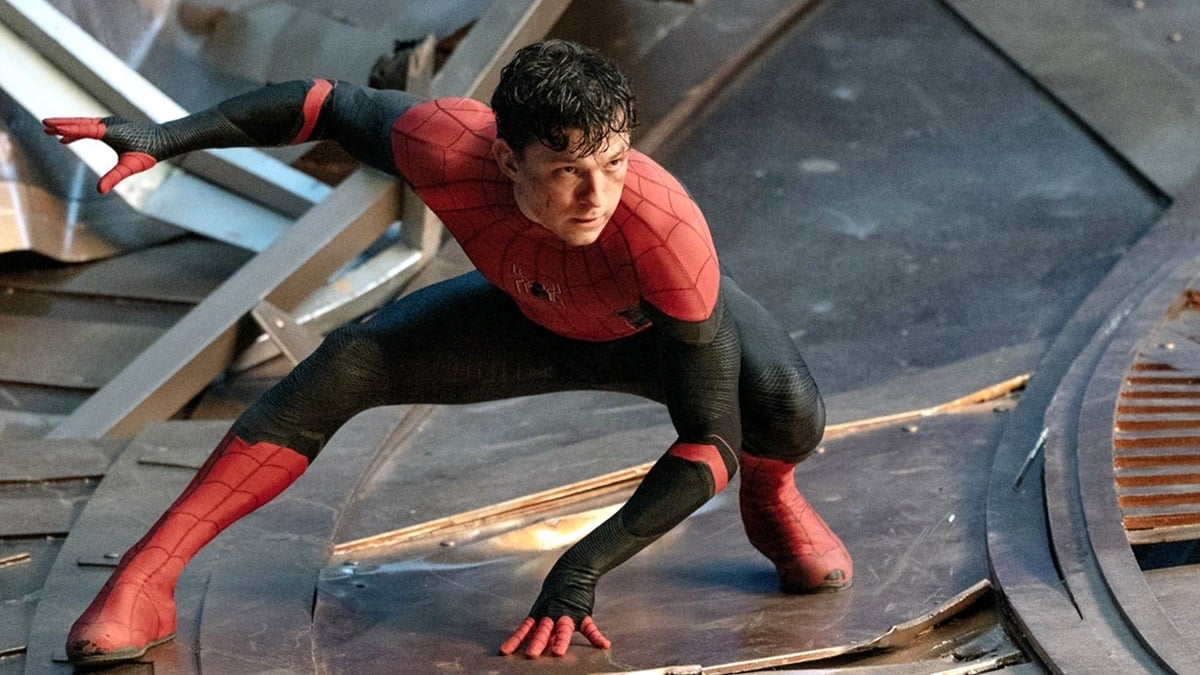
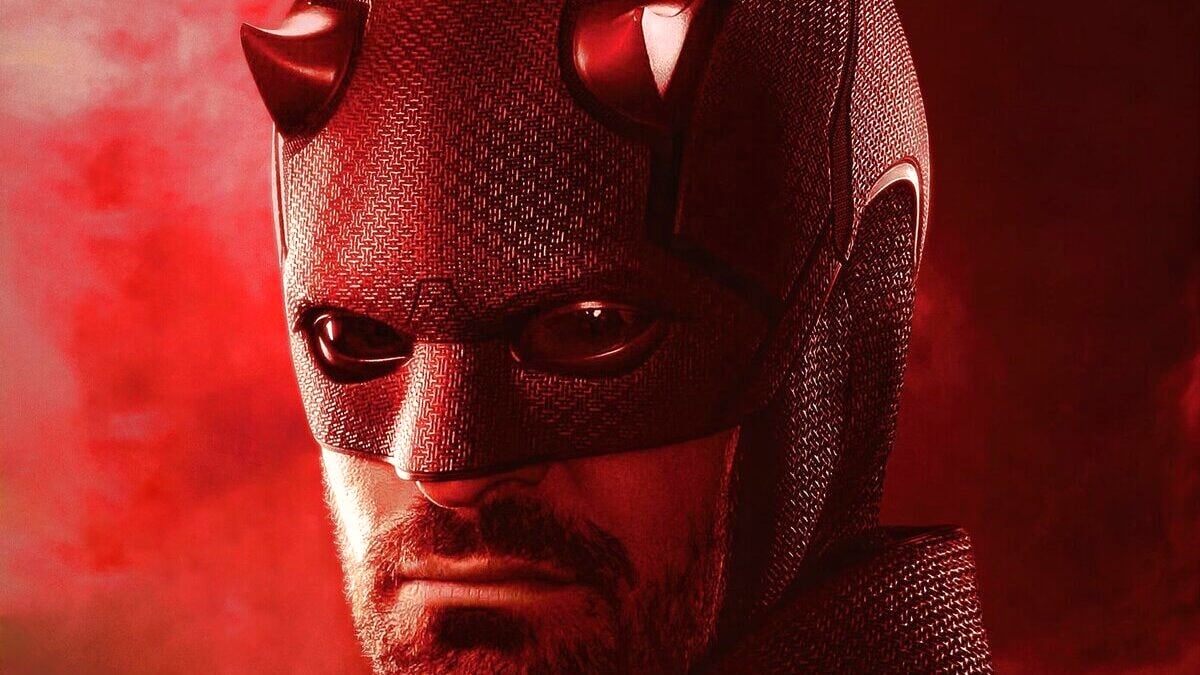
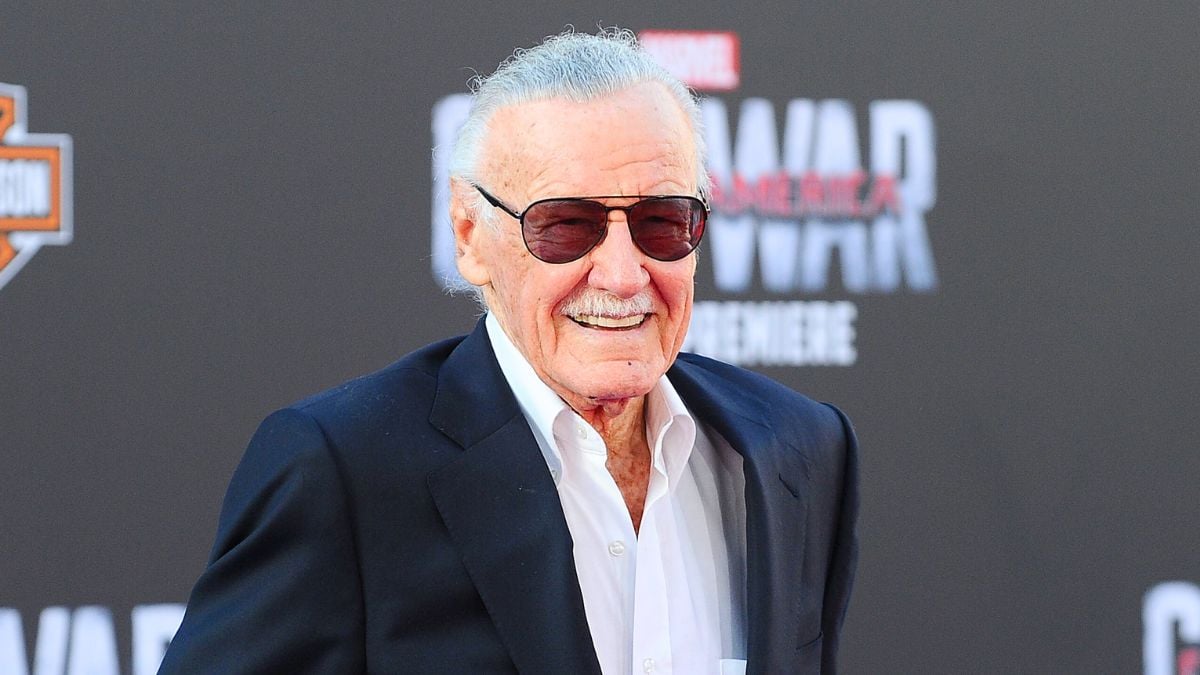
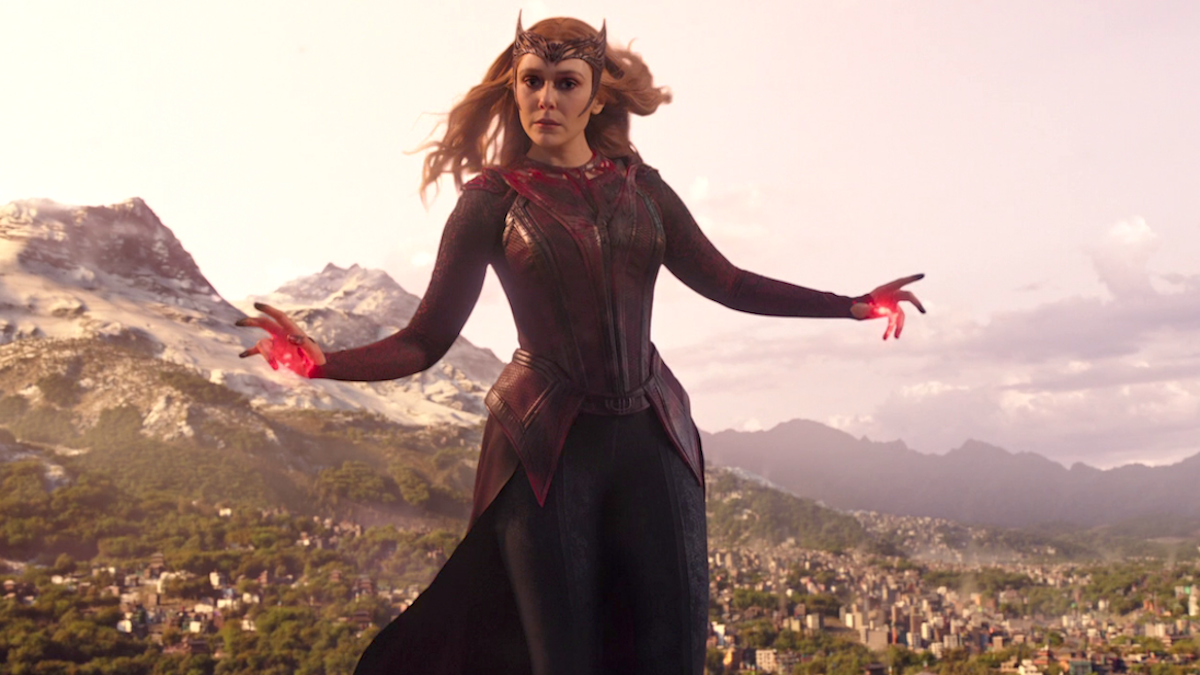
Published: Nov 7, 2023 04:16 pm